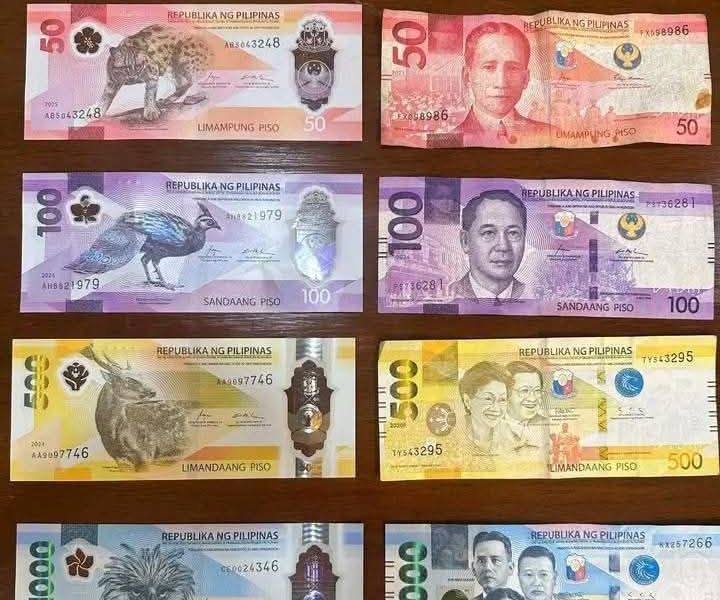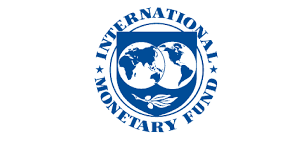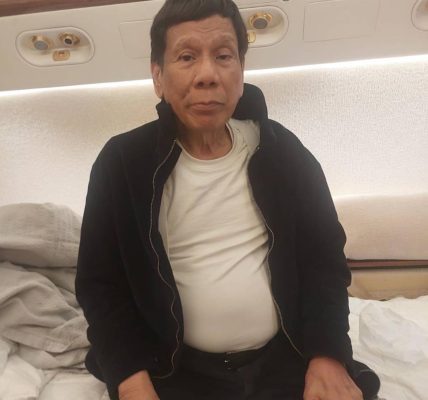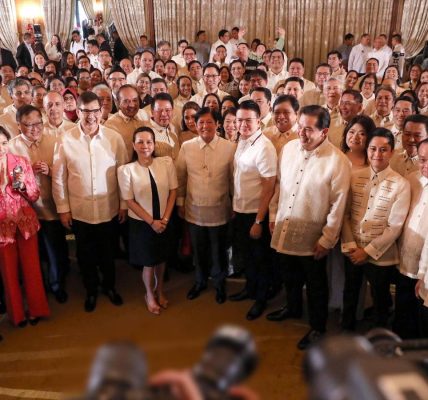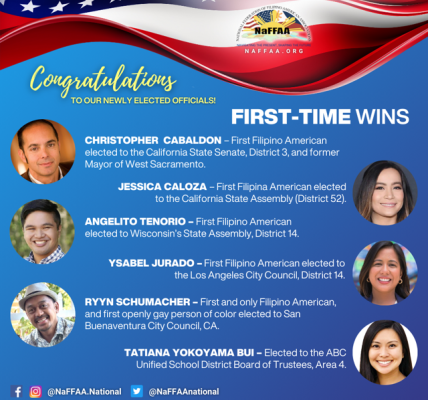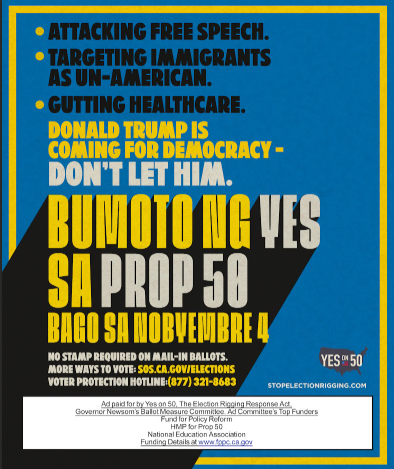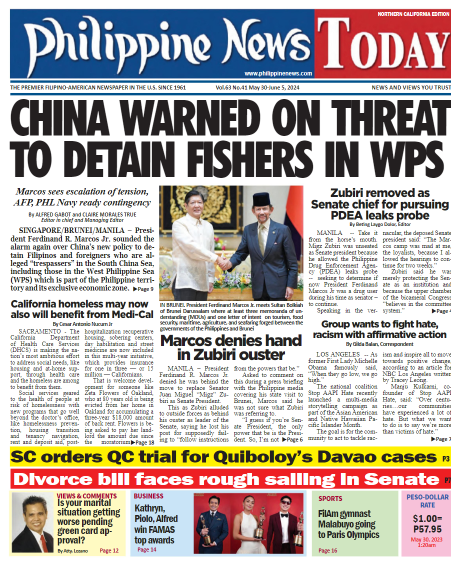Gov’t, Bangko Sentral under fire over disappearance of heroes and ex-presidents and big costs to produce new polymer money
By ALFRED GABOT and CLAIRE MORALES TRUE
MANILA – The Marcos administration and the Bangko Sentral ng Pilipinas (BSP) are under fire for its new polymer or plastic money series over the removal of national heroes and Philippine Presidents in the bills and the big cost for migrating into the polymer money while abandoning the country’s abaca farmers.
The image of former Senator Benigno Ninoy Aquino Jr. and that of his widow, the late former president Cory Aquino, were also among those dropped in the new banknotes, prompting Senate President Francis Chiz Escudero and Sen. Aquilino Koko Pimentel to ask the BSP to explain the change.
Meanwhile, the Commission on Audit (COA) confirmed that the Bangko Sentral ng Pilipinas awarded contracts amounting to almost P5 billion for the new polymer or plastic banknotes.
In spending the big amount, the BSP virtually abandoned its own money printing machines which the government has been using for decades and in which the government invested big sums of money.
Moreover, abaca, for decades used for the old paper money series, and the country’s abaca farmers were also virtually sidelined with the use of polymer money. The country’s abaca farmers and the Department of Agriculture’s agency Phillippine Fiber Industry Development Authority (PhlFIDA) first protested when Bangko Sentral started the polymer money series with P1,000 denomination,
According to COA’s annual report as published by Manila media, the BSP approved five supply contracts amounting to around P4.9 billion for new P50, P100, P500, and P1,000 banknotes.
The first was awarded to De La Rue International Limited, which it said was the “lowest calculated responsive bidder” for the supply and delivery of 150,000 bundles of P50 enhanced generation currency outsourced finished banknotes.
The contract was for P269.524 million or 4.497 million euros.
In September 2023, a contract amounting to P727.475 million or 11.751 million euros was awarded to Giesecke+Devrient Currency Technology for the supply and delivery of 200,000 bundles of P500 enhanced banknotes.
It said this had “enhanced security features and tactile marks.”
Meanwhile, in October 2023, a contract was awarded to Papierfabrik Louisenthal GmbH for the supply and delivery of 75,200 reams of P100 enhanced banknotes.
The amount of contracts was P2.605 billion or 42.431 million euros.
The same company was awarded a contract amounting to P1.113 billion or 18.542 million euros in November 2023 for the supply and delivery of 51,020 reams of P50 enhanced banknotes.
In December 2023, Surys for One Lot was awarded a contract for the supply and delivery of 3,040 rolls of P1,000 enhanced banknotes for P269.028 million or 4.432 million euros.
The August Twenty-One Movement (ATOM) earlier expressed disapproval of the decision to replace the images of Philippine heroes with local wildlife, as it questioned the implications of omitting significant people in history from the banknotes.
The polymer banknotes feature the following designs:
P1,000: Philippine Eagle and Sampaguita flower (released in April 2022),
P500: Visayan Spotted Deer and Acanthephippium mantinianum,
P100: Palawan Peacock-Pheasant and Ceratocentron fesselii,
P50: Visayan Leopard Cat and Vidal’s lanutan.
President Marcos Jr. has reminded the public that paper banknotes “will continue to circulate and will remain valid.”
At the same time, Marcos and BSP said the polymer money is the best tool in the fight against counterfeiting money bills.

